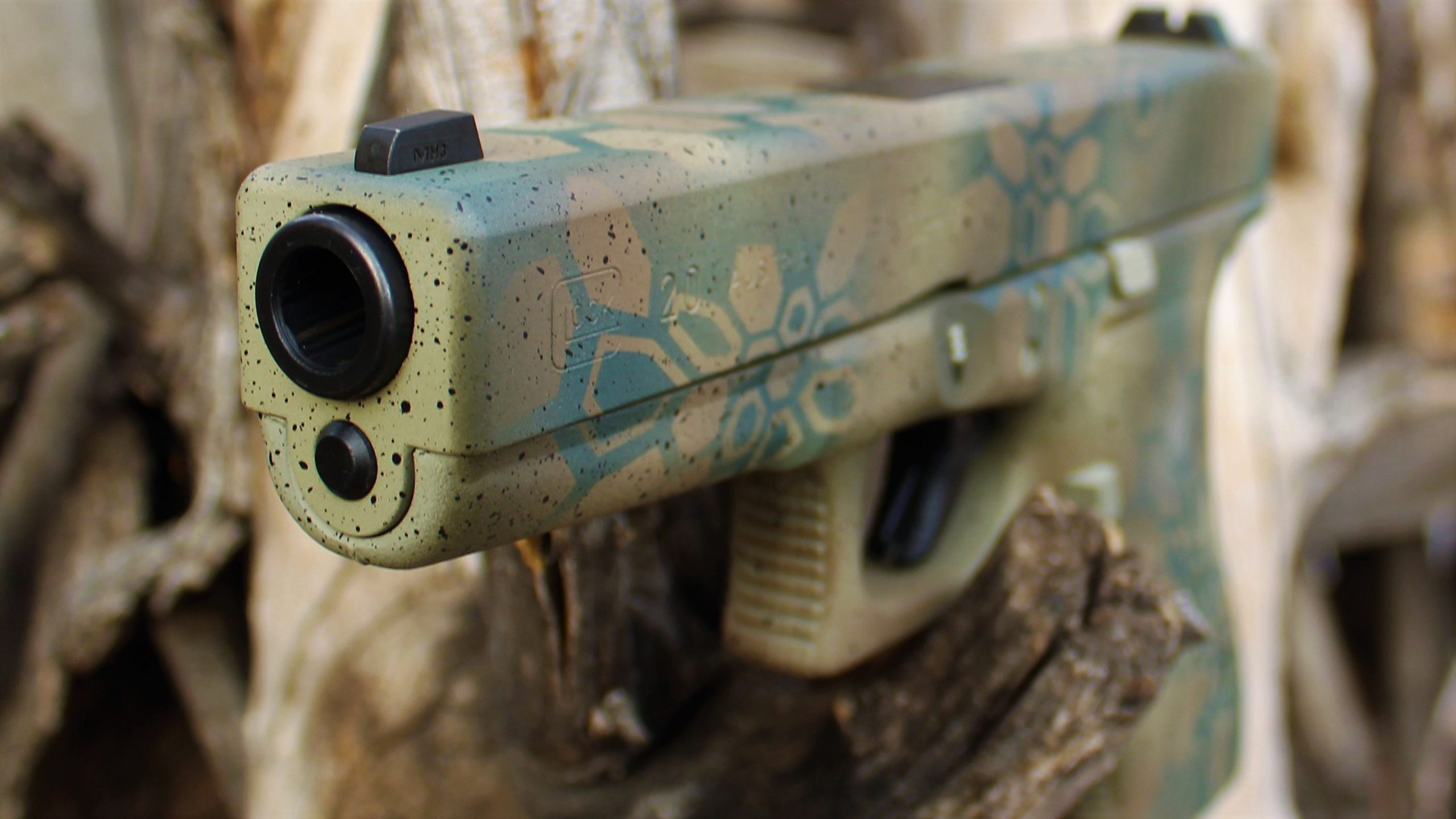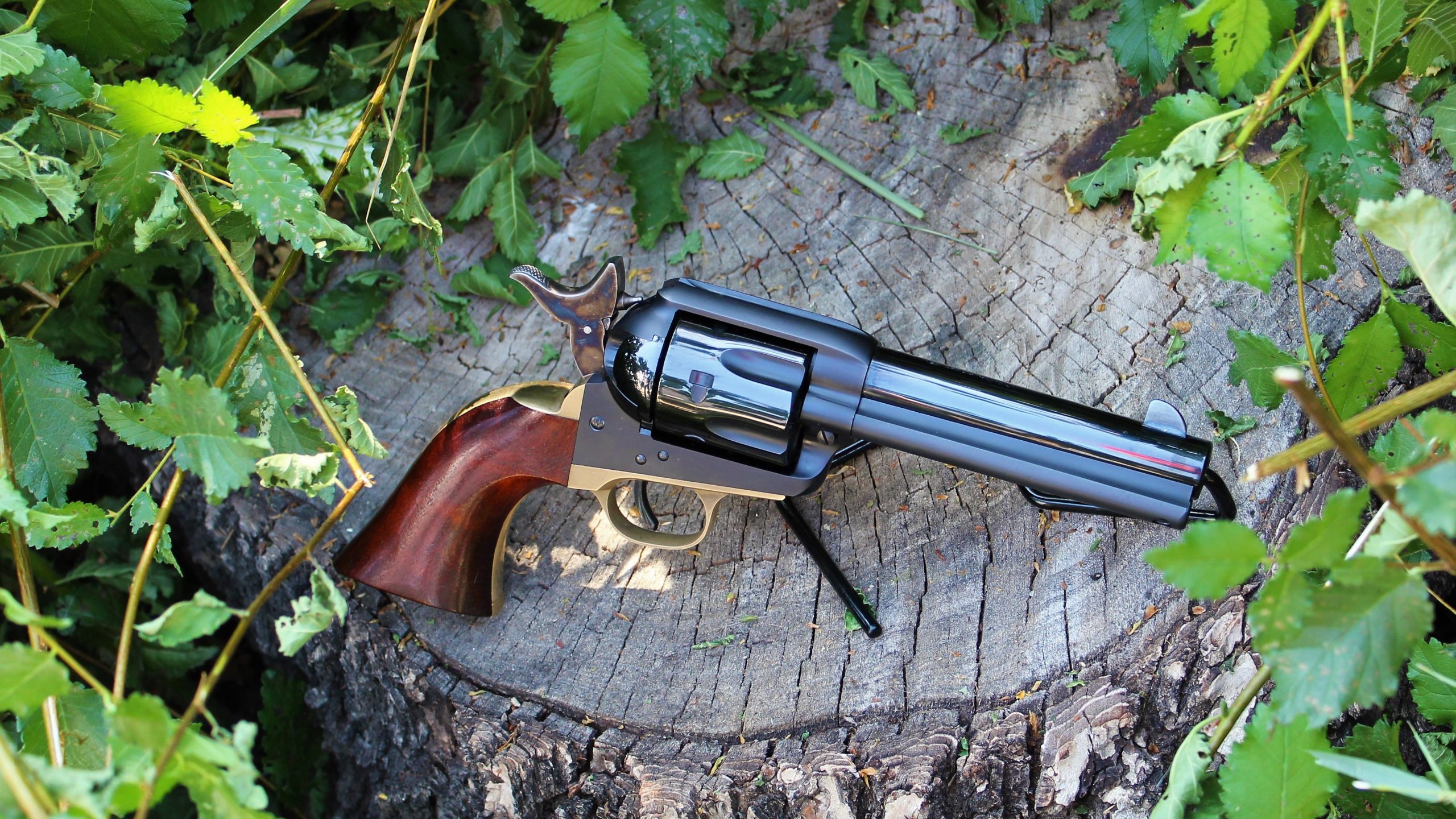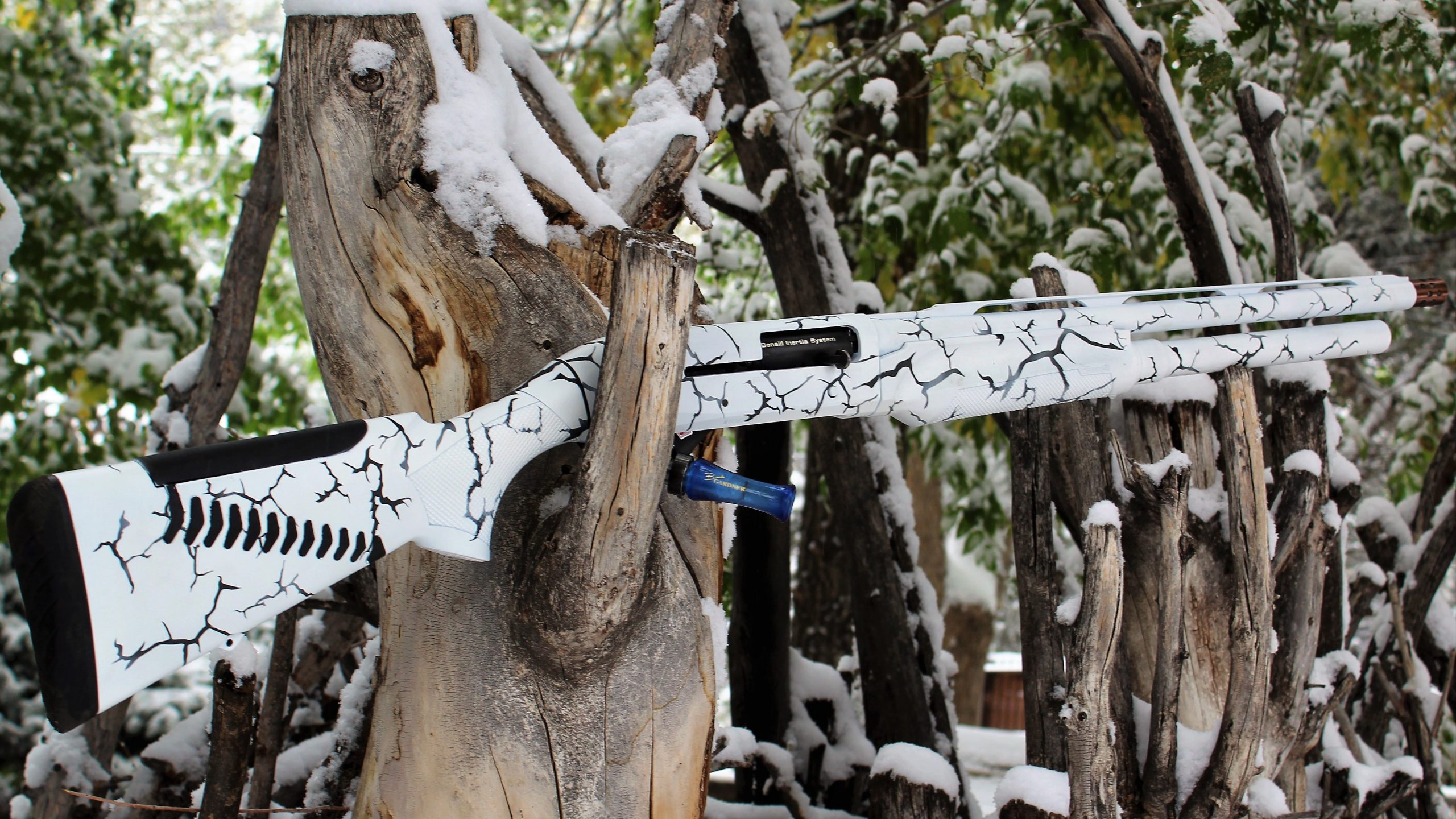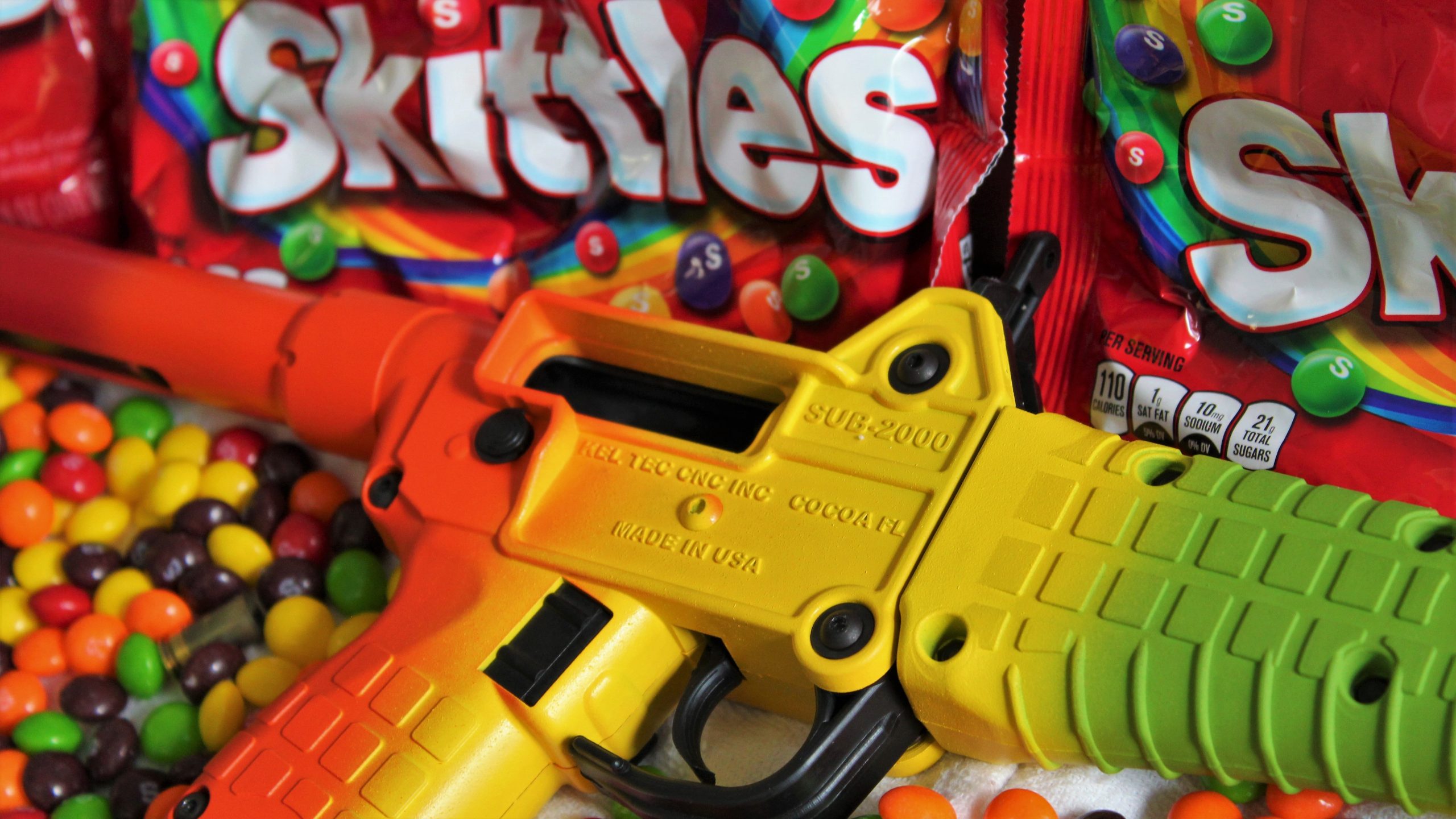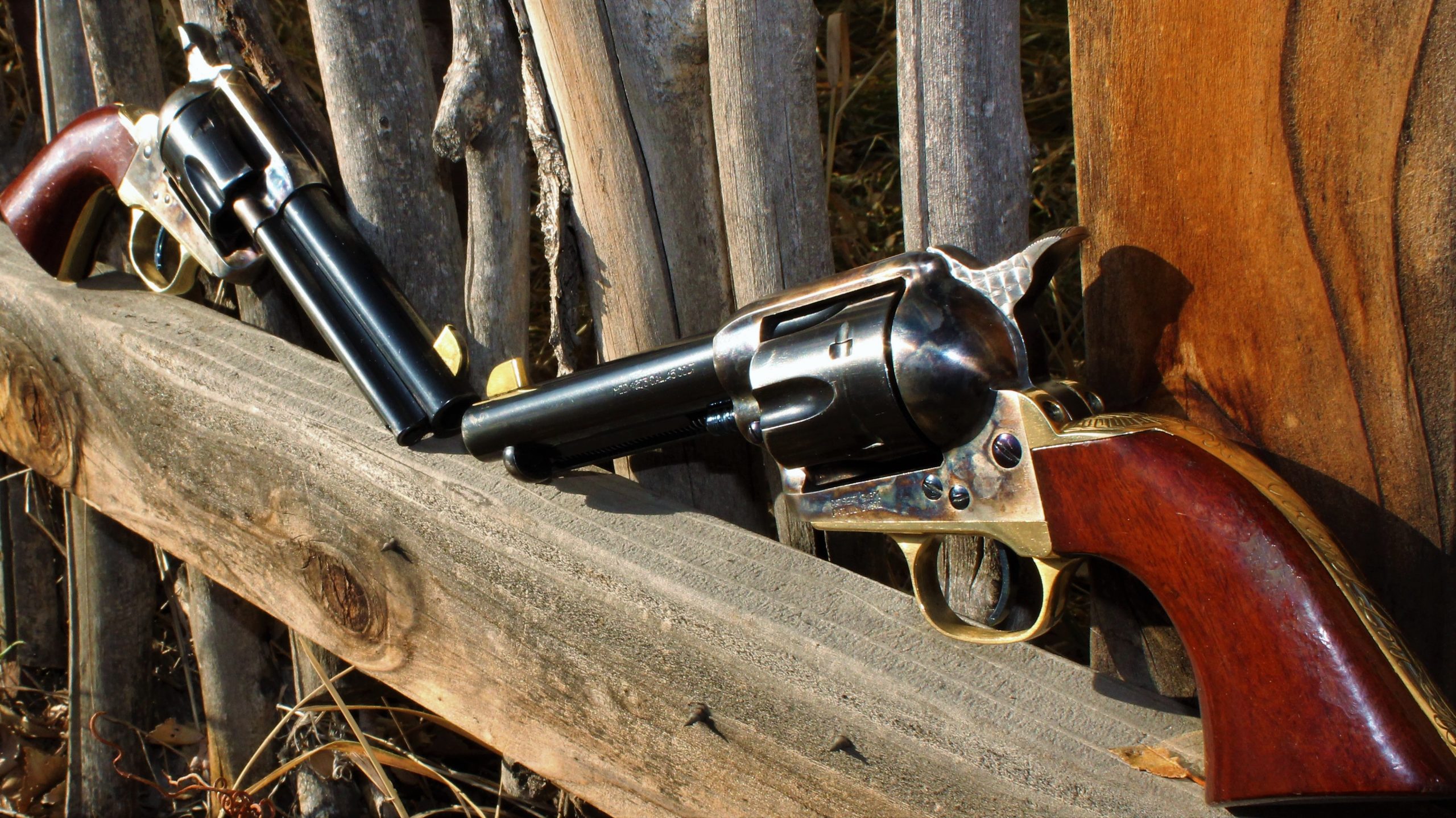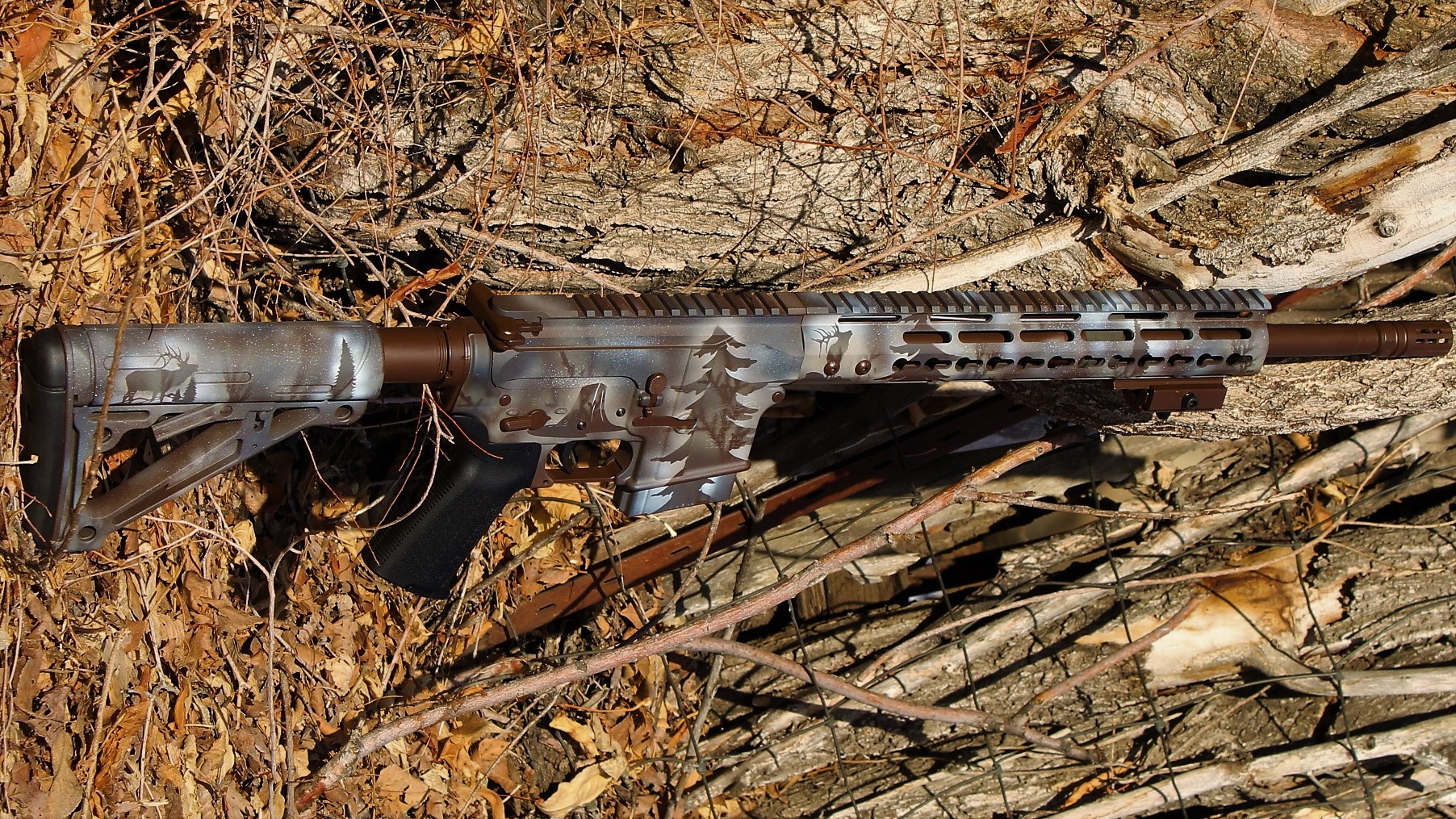Drying is one of the oldest and easiest ways to preserve meat at home, provided you do it properly. Creating your own jerky allows you to reap the rewards of your big game hunt in a whole new way – and gives you something to chew on while you wait for your trophy piece to be completed, too.
Depending on the game you’ve tracked down, you can enjoy a trophy piece, abundant fresh and frozen meat, a hide for a rug or other purpose and jerky to take along on your next hunt. Jerky is not difficult to make, and gaining a full understanding of the process will help you create tasty snacks that allow you to re-live your big game hunt with every bite.
Jerky defined
By removing the moisture and drying out strips of meat, you can reduce its weight and preserve it without refrigeration or pressure canning. Drying reduces the amount of meat used by about 75%, but retains all of the flavor and protein of the original food.
Jerky is more than just a tasty snack; stored properly, your jerky can be taken along on your next camping trip or hunt and will supply a big protein boost when you are ready for a snack.
Commercial jerky is usually made from beef, but making your own jerky allows you to completely customize the process. Turkey, buffalo or elk jerky can expand your menu and allow you to fully utilize the meat you’ve worked so hard for.
Drying safety and food safety
Drying food, including meat, removes the moisture and greatly reduces the risk of contamination. According to the USDA, drying can prevent the growth of bacteria and fungi and prohibit the formation of enzymes that could deteriorate the quality of the meat.
While there are several ways to dry food in general, the USDA recommends using a dehydrator or oven to dry beef or other meats. Using an oven or a device with a thermometer allows you to heat the meat to the right temperature and destroy any bacteria that is already present.
Beef, venison, elk and other game meats need to be heated to 160 degrees Fahrenheit before proceeding; poultry, including turkey and pheasant, needs to be heated to 165 degrees for safety.
Make jerky soon after you get the meat home; it won’t improve with age or be fully shelf stable until the drying process is complete. Use clean utensils and equipment to prepare the meat and marinate it in the refrigerator, not on the counter.
For wild game jerky, make sure that the wound location does not introduce fecal matter or debris into the meat prior to slicing and cooking.
Jerky Basics: How to make beef jerky
Start with top quality meat that you’ve hunted yourself; you can also use butchered or grocery store beef for jerky. Think about shape – do you prefer long, single strips or short chunks? Do you want to cut or grind and then shape the meat or simply dry strips? You’ll need to consider the best approach for the meat you have on hand.
What cuts should you make? According to the Bradley Smoker Company, using semi-frozen meat and a very sharp knife allows you to make clean cuts in any thickness. Slice away any visible fat (which could retard the drying process) and then slice the meat into strips or chunks, depending on your personal preferences.
- Slicing with the grain yields long, chewy strips
- Slicing across the grain creates short, less-chewy pieces
Create a marinade for the meat; you’ll need to soak it overnight or for at least a few hours to add flavor. Salt helps preserve meat, so including salt or soy sauce can do more than just add flavor, it can help you create a shelf stable jerky, too.
You can use your own recipe or a commercially prepared version, as long as you like the taste. Marinate the meat in the refrigerator for 12 or more hours. Place the meat in a single layer on a dehydrator tray or cookie sheet. Beef jerky recipes make it easy to come up with a combination of flavors that works well with your chosen meats.
Use the dehydrator or your home oven to heat the meat to the required temperature, then reduce it to allow it to dry about 8 hours. Leave the oven door slightly ajar to allow moisture to escape and test the meat after eight hours to see if it is done.
Your jerky is done when it is dark in color and snaps when bent in half. If your jerky is not done yet, allow it to dry out for another 30 minutes and check again. Continue drying and checking in this manner until your jerky is done. Store your finished jerky in a cool, dry place and enjoy on your next hunt or outing.













